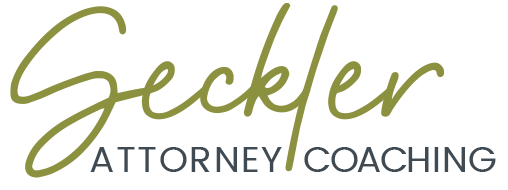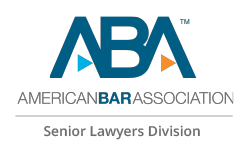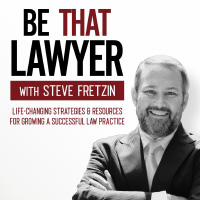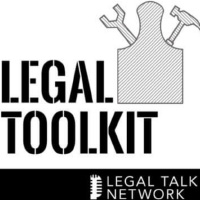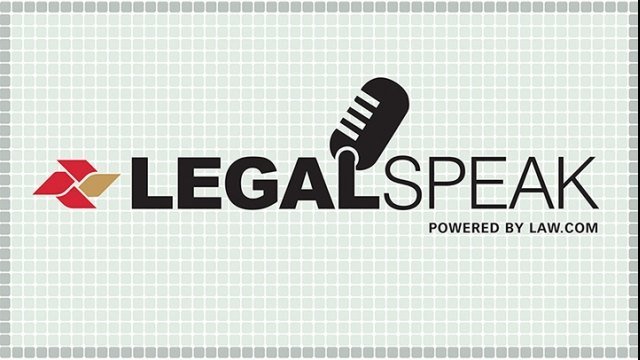
If this is the year that you plan to make a significant career change, then figure out the bridge you need to take to get you where you want to go. Employers generally hire candidates who already have specific experience. Most firms and most corporations are not looking to train lateral hires.
That doesn’t mean you are eternally trapped doing the same kind of legal work you have been doing for the past five years. I’ve seen many lawyers make dramatic shifts in their careers. But you do need a plan.
I field calls all the time from associates who want to change practice areas, go in-house or transition into a non-practicing role. Sometimes they are responding to an email blast but they lack the experience. Sometimes it’s just lawyers looking for guidance on how to transition into a business role in a company.
While there are certainly instances where smart lawyers with good credentials make major shifts simply by submitting a resume and cover letter, this is not the norm.
I’ve done a number of related podcasts on career change:
- Canoeing vs. Whitewater Rafting-A Career Conversation with Jose Sierra
- New Markets for Law Practice
- From Biglaw to Government to In-house
Leverage Internal Relationships
One strategy is to leverage the relationships you have already built internally at your firm or your company. If you have developed a strong reputation for being hard-working, reliable and for producing high-quality work in one practice area, the door may be open to you in another practice area if the other practice group is busy. If you are already in a corporate environment, there may be opportunities in other departments simply because you have proven yourself.
Many years ago, a friend came to me and expressed interest in making a lateral move to a new firm. He was interested in transitioning to corporate transactional work and he wanted to leave because he was in a regulatory practice group. I asked him if he was getting good performance reviews and if he was generally well-regarded by the partners in his group. He replied yes. I asked if the corporate group was busy. It was. I then suggested that he approach some partners in the corporate group and broach the subject of making an internal lateral move. He happily retooled with the new group without having to make a later move. Several years later, he took this experience and launched his own firm which combines regulatory practice and corporate work.
Retool with More Education and Build Your Own Reputation Through Speaking and Writing
More recently, I met a lawyer who was doing data privacy work for a large life sciences company in the Southeast. When I looked at his LinkedIn profile, I noticed that all of his prior experience had been insurance defense work. I was intrigued and asked him how he had made the transition.
It turns out that the bridge for him was education and networking. He was able to get some privacy work because his firm had an employment practice and these issues kept arising. He began attending seminars and reading articles about data privacy. He also began writing about data privacy subjects and eventually, he began speaking on these topics. By attending conferences, he developed relationships with other professionals in the industry and because he had been speaking and writing, he developed a reputation in the field. Eventually, he landed a very nice position.
External Relationships can Also be Key
Retooling through CLE work, writing articles or making a transition from one practice area internally to another practice group can be good ways to move your career in a different direction. But building external relationships can also be key.
Another lawyer I know was working years ago for a small personal injury law firm but had interest in the financial services industry. A classmate of his in law school worked for a financial services company that was looking for someone in compliance role. His friend was able to get him the interview because he already knew, liked and trusted him. For this lawyer, the bridge was the relationship he already had with somebody who worked for the company.
Volunteering is another way to get some of the experience that can bridge you into another career direction. Associates who are interested in professional development or marketing can volunteer to serve on committees at their firms. I know many lawyers in non-practicing roles in law firms who began as associates and spent some of their time with on campus recruitment or helping to organize training for their department. Eventually these individuals were able to transition out of practicing roles.
Use the In-Demand Skill You Have to Take on Other Practice Areas
If you have a core skill set that is in demand, sometimes employers will hire you for that skill and allow you to get up to speed in the other areas. For example, a corporate lawyer might be hired in an assistant general counsel role where there are contract issues but there are also employment, litigation management and IP issues. The attorney who comes into this role can get up to speed on these other practice areas.
Of course the first step is figuring out what are your career goals. Once you know where you want to go, it is easier to figure out what bridges you need to cross. If you feel like discussing this further, please drop me a note and I will be happy to speak with you about the bridges that you may want to build to help your career move in a different direction.
